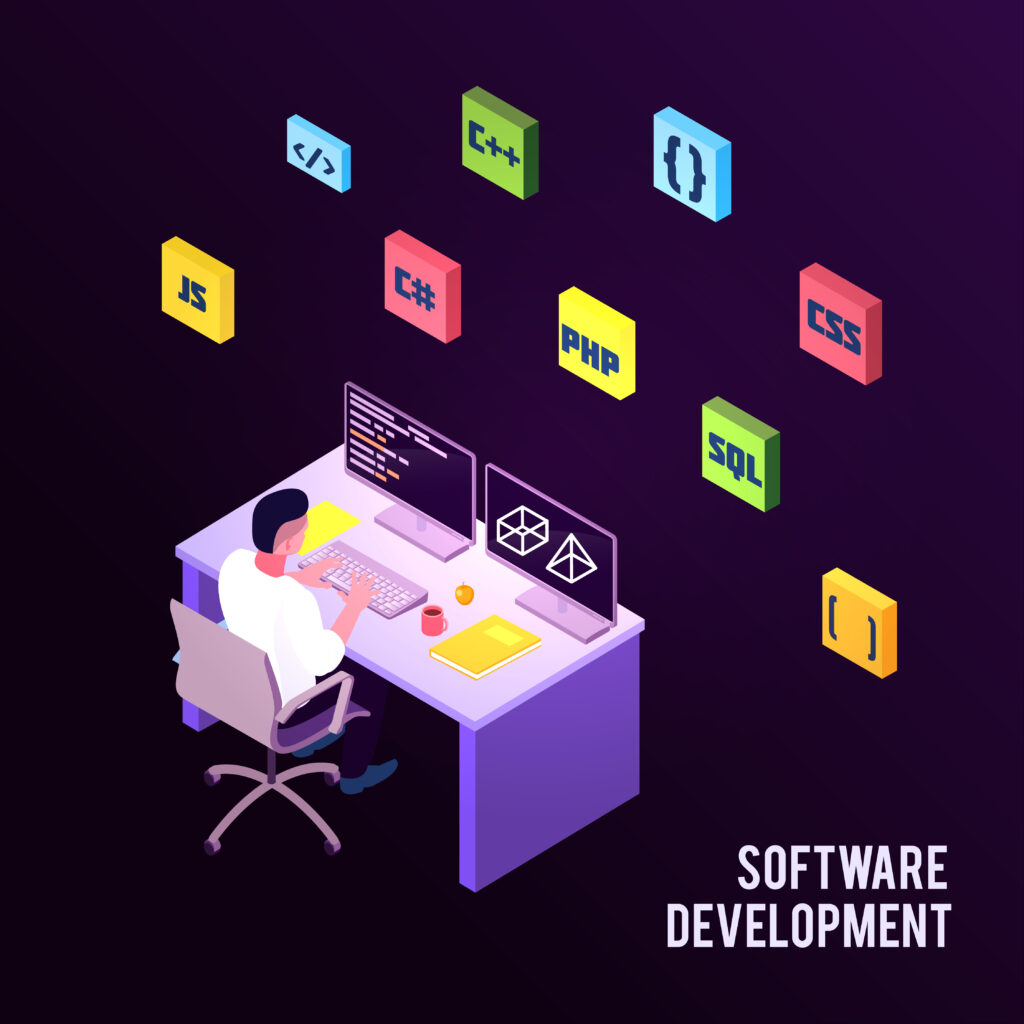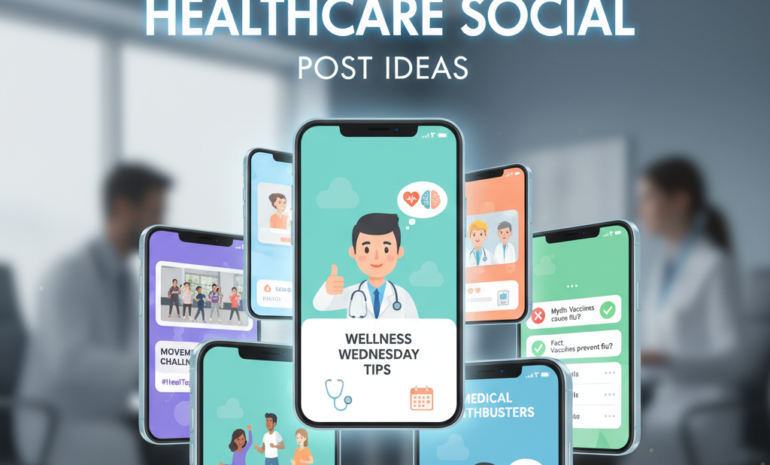Selecting the right tech stack is one of the most critical decisions in any custom development project.
The choice affects scalability, performance, cost, and long-term success.
A wrong decision can lead to unnecessary complexities, higher maintenance costs, and even project failure. Here’s a detailed guide on how to make the right choice.
What is a Tech Stack?
A tech stack is the set of programming languages, frameworks, libraries, and tools that work together to develop and operate an application. It is generally divided into two main components:
- Frontend (Client-side): What users see and interact with (e.g., HTML, CSS, JavaScript, React, Angular).
- Backend (Server-side): Handles the logic, database, and server communication (e.g., Node.js, PHP, Python, Java).
In addition, a complete stack includes databases (MySQL, MongoDB), APIs, cloud services (AWS, Azure), and DevOps tools for deployment.
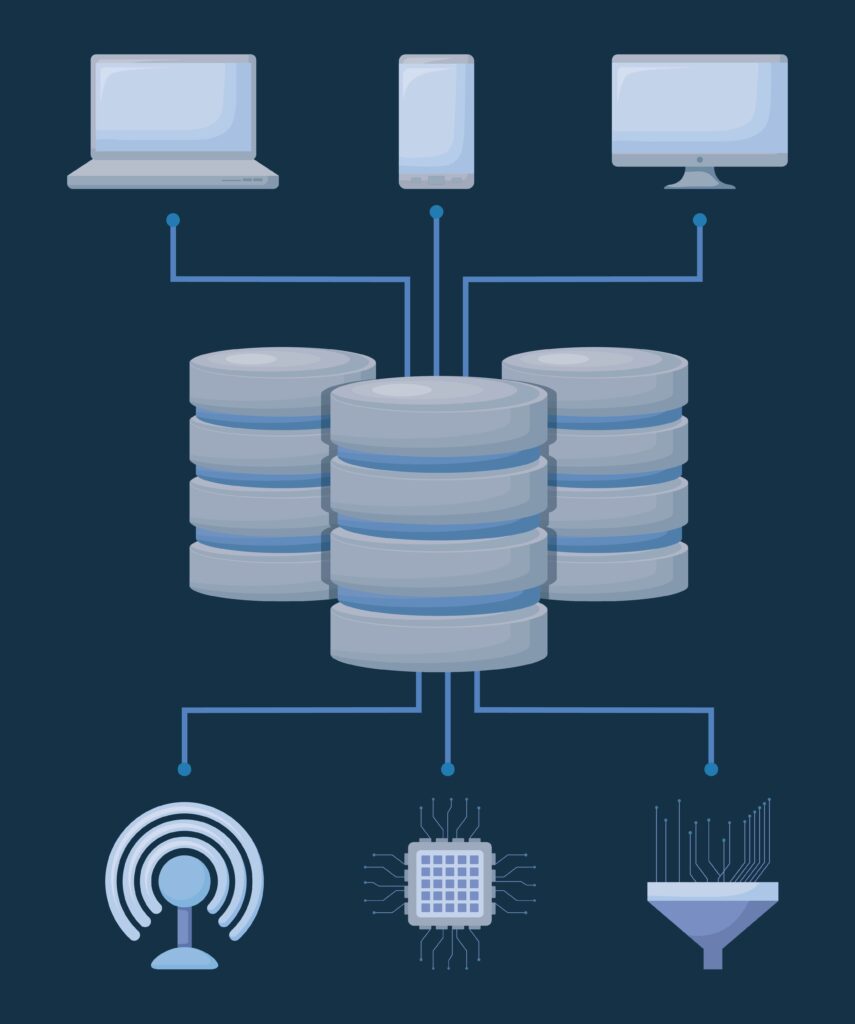
Why Is Choosing the Right Tech Stack Important?
Selecting the appropriate tech stack is essential, as it plays a major role in determining the overall success of your project.
It determines the application’s performance and speed, ensuring smooth and responsive user experiences.
The stack also influences scalability, allowing the system to handle growth and new features over time.
It affects development time and cost, which are critical for meeting deadlines and staying within budget.
Maintenance and support become easier with the right technologies, reducing long-term issues.
Finally, aligning the stack with your team’s expertise minimizes learning curves and reduces risks during development.
Important Elements to Evaluate Before Selecting a Tech Stack
Here are the key factors to consider when choosing a tech stack, including scalability, security, budget, and team expertise for a successful project.
-
Project Requirements
Before selecting a tech stack, outline your project requirements in detail, as each project comes with unique objectives and features.
Determine whether it’s a web app, mobile app, or desktop application, as each requires different tools and frameworks.
Ask if your project needs real-time features such as live notifications, chat support, or streaming.
Estimate the expected traffic volume and how the system should handle future growth.
For instance, an e-commerce platform must prioritize scalability, security, and smooth payment integration, making stacks like MERN or Laravel strong options.
On the other hand, applications focused on real-time communication or collaboration benefit from technologies such as Node.js combined with Socket.io for seamless performance.
Understanding these functional and technical needs upfront helps in selecting the most suitable combination of tools, ensuring your solution performs effectively and meets both user expectations and long-term goals.
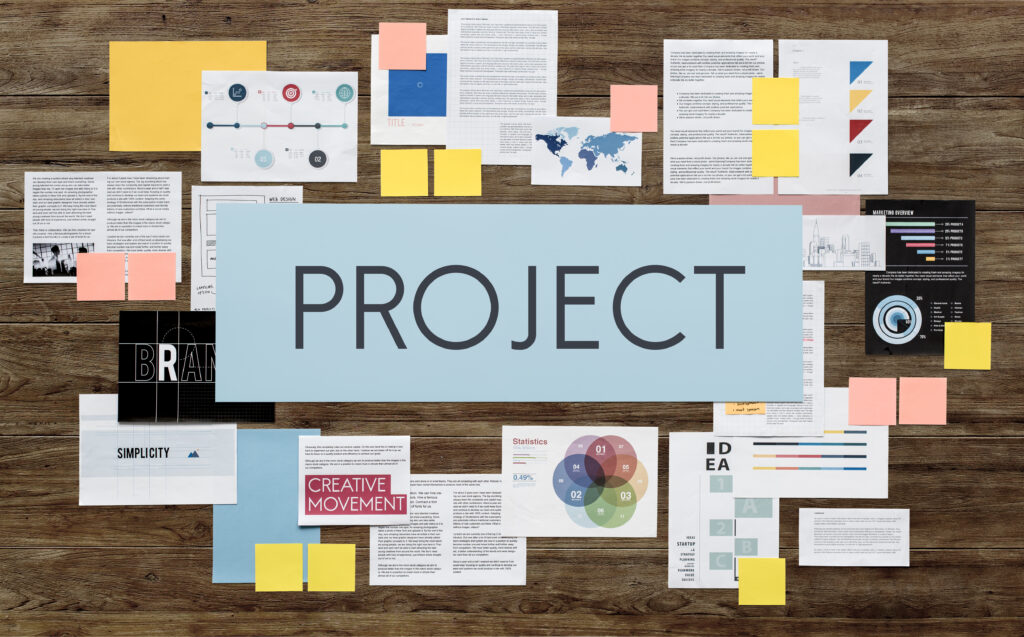
2. Scalability and Performance
Scalability and performance play a major role in building sustainable applications, especially if you expect significant user growth.
Scalability can be achieved in two ways: horizontal scaling, which involves adding more servers to distribute the load, and vertical scaling, which means increasing the resources of a single server.
High-performing stacks handle both approaches effectively without causing major architectural changes.
For businesses planning rapid expansion, choosing a stack that can scale without rewriting large parts of the codebase is critical.
For example, Node.js combined with MongoDB is well-suited for real-time applications and high-traffic platforms.
Similarly, Java paired with PostgreSQL is reliable for enterprise-grade projects with complex data requirements.
Making scalability a priority from the start saves costs and prevents future performance issues, ensuring your system can handle growing traffic and user demands without compromising speed, stability, or user experience.
3. Development Speed and Time-to-Market
In competitive markets, launching your product quickly can determine its success, making development speed a key factor.
Frameworks and libraries that provide pre-built components can drastically reduce development time while maintaining quality.
Popular frameworks like Laravel for PHP, Django for Python, and Ruby on Rails are widely used for building robust applications quickly.
These tools offer a structured approach with built-in features that simplify common development tasks such as routing, authentication, and database management.
Additionally, leveraging open-source libraries and ready-to-use templates allows developers to avoid writing everything from scratch, saving both time and effort.
Choosing technologies that promote rapid prototyping and easy integration helps businesses release products faster, gather feedback, and implement improvements efficiently.
This approach not only reduces time-to-market but also enables companies to remain competitive in fast-moving industries where delays can lead to lost opportunities and higher costs.
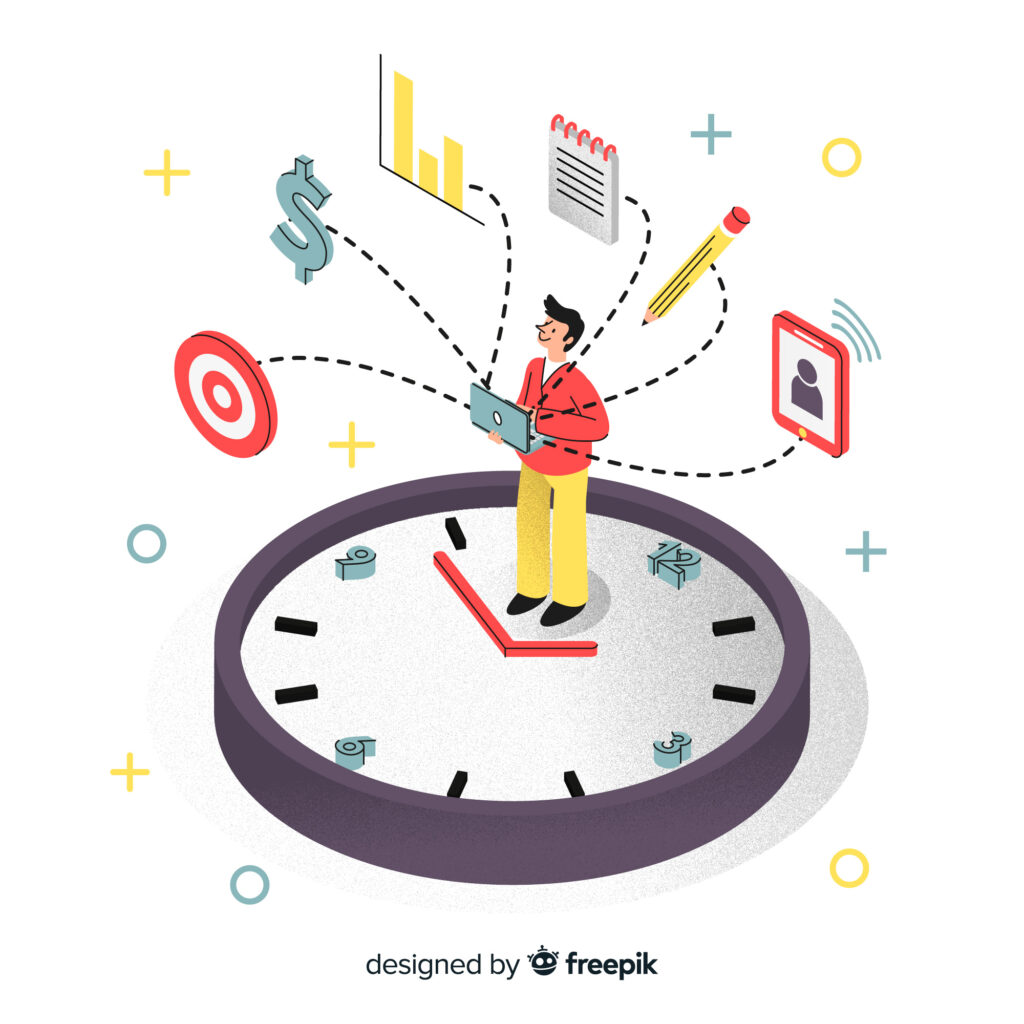
4. Budget Constraints
Your project’s budget plays a significant role in deciding the right tech stack.
Certain technologies come with licensing fees or require expensive infrastructure, which can increase overall costs.
For businesses with limited budgets, open-source stacks like MERN (MongoDB, Express, React, Node.js) or LAMP (Linux, Apache, MySQL, PHP) are popular because they provide robust functionality without licensing expenses.
Additionally, hosting costs vary depending on the chosen technology and deployment method.
Cloud platforms like AWS, Azure, and Google Cloud offer different pricing models, so aligning the tech stack with affordable hosting options is important.
A careful analysis of both initial and ongoing expenses can prevent financial strain and ensure sustainability.
Choosing cost-effective technologies that maintain performance and security allows efficient resource allocation for marketing, design, and future growth, boosting ROI.
5. Security Requirements
Security should be a top priority when selecting a tech stack, especially for applications that handle sensitive information like personal data, financial transactions, or healthcare records.
A secure technology choice reduces the risk of vulnerabilities that could lead to breaches and compliance violations.
Frameworks with built-in security features are beneficial because they simplify implementing measures like input validation, encryption, and user authentication.
For example, Laravel provides robust security tools for preventing common threats such as SQL injection and cross-site scripting, while Django emphasizes strong security practices by default.
It’s also important to consider support for role-based access control, secure APIs, and data encryption standards.
Neglecting security at the technology selection stage can lead to costly fixes later.
Therefore, prioritize stacks that actively receive updates, have strong documentation on security practices, and align with compliance requirements relevant to your industry.

6. Community Support and Ecosystem
The strength of a technology’s community and ecosystem can significantly influence your project’s success.
A strong community provides easy access to documentation, tutorials, libraries, and tools, making development smoother and troubleshooting faster.
Popular frameworks like React, Angular, Node.js, and Laravel enjoy widespread adoption, which ensures regular updates and long-term support.
Choosing a stack with an active ecosystem also means you can find skilled developers easily and integrate third-party tools without major compatibility issues.
In contrast, technologies with limited community support often lack timely updates and resources, making problem-solving difficult and increasing development costs.
A vibrant ecosystem also promotes innovation, offering plugins and extensions that speed up development.
Before finalizing a stack, ensure it has a strong community, regular updates, and ample resources for ongoing support.
7. Long-Term Maintenance
Maintenance is a long-term commitment that should guide your tech stack decision.
Applications require regular updates, bug fixes, and feature enhancements to stay competitive and secure.
Choosing a technology that is stable and widely adopted ensures long-term viability.
While it might be tempting to pick trendy frameworks, they often fade quickly, leaving you with outdated tools and limited support.
Opt for stacks that have stood the test of time and have a clear roadmap for future improvements.
Additionally, consider the ease of integrating new features without rewriting large portions of the codebase.
The availability of experienced developers is another critical factor because rare skill sets increase maintenance costs.
Planning for maintainability from the beginning helps avoid technical debt, reduces the risk of system failures, and keeps your application adaptable to changing business needs and user expectations over time.
8. Team Expertise
The skills and experience of your development team should heavily influence your tech stack selection.
If your team is already proficient in a certain stack, using it can save considerable time and reduce training costs.
Introducing completely new technologies can slow down progress due to learning curves and potential errors during implementation.
If outsourcing the project, verify that the vendor or agency has proven expertise in the chosen technologies to ensure quality and timely delivery.
When your team works with familiar tools, collaboration improves, productivity increases, and risks decrease.
Leveraging your team’s strengths ensures ongoing support and maintenance remain cost-effective and reliable.
Exploring new tech can help, but aligning the stack with your team’s skills is the most practical way to deliver the project on time.
Common Tech Stacks for Custom Development
When planning a custom development project, understanding popular tech stacks helps you choose the right combination for your needs. Below are some of the most widely used stacks and their details:
LAMP Stack
The LAMP stack is made up of Linux, Apache, MySQL, and PHP. It’s an open-source and cost-effective solution for building dynamic websites and web applications.
Known for stability and flexibility, it suits blogs, CMS platforms, and small to medium-sized projects. Its huge community ensures strong support and regular updates.
MERN Stack
MERN combines MongoDB, Express.js, React, and Node.js for full-stack JavaScript development. It’s ideal for building modern, scalable, and dynamic single-page applications.
React provides fast user interfaces, while Node.js ensures high performance on the backend. MERN is perfect for e-commerce platforms, social apps, and SaaS projects.
MEAN Stack
MEAN uses MongoDB, Express.js, Angular, and Node.js to create robust, full-stack JavaScript applications.
Angular offers a structured framework with two-way data binding, making it great for enterprise-level solutions.
It’s suitable for data-driven apps that require dynamic interfaces, scalability, and strong performance across both the frontend and backend.
.NET Stack
The .NET stack by Microsoft supports languages like C# and VB.NET, along with SQL Server.
It is highly secure, reliable, and performance-oriented, making it a preferred choice for enterprise-grade applications.
With cross-platform support through .NET Core, it fits large business software and applications requiring strong integration and scalability.
Python + Django
Python combined with Django is ideal for building applications quickly while maintaining strong security.
Django comes with built-in features like authentication, admin panels, and ORM, which speed up the development process.
Python’s versatility makes this stack ideal for web apps, analytics platforms, and projects integrating artificial intelligence or machine learning models.
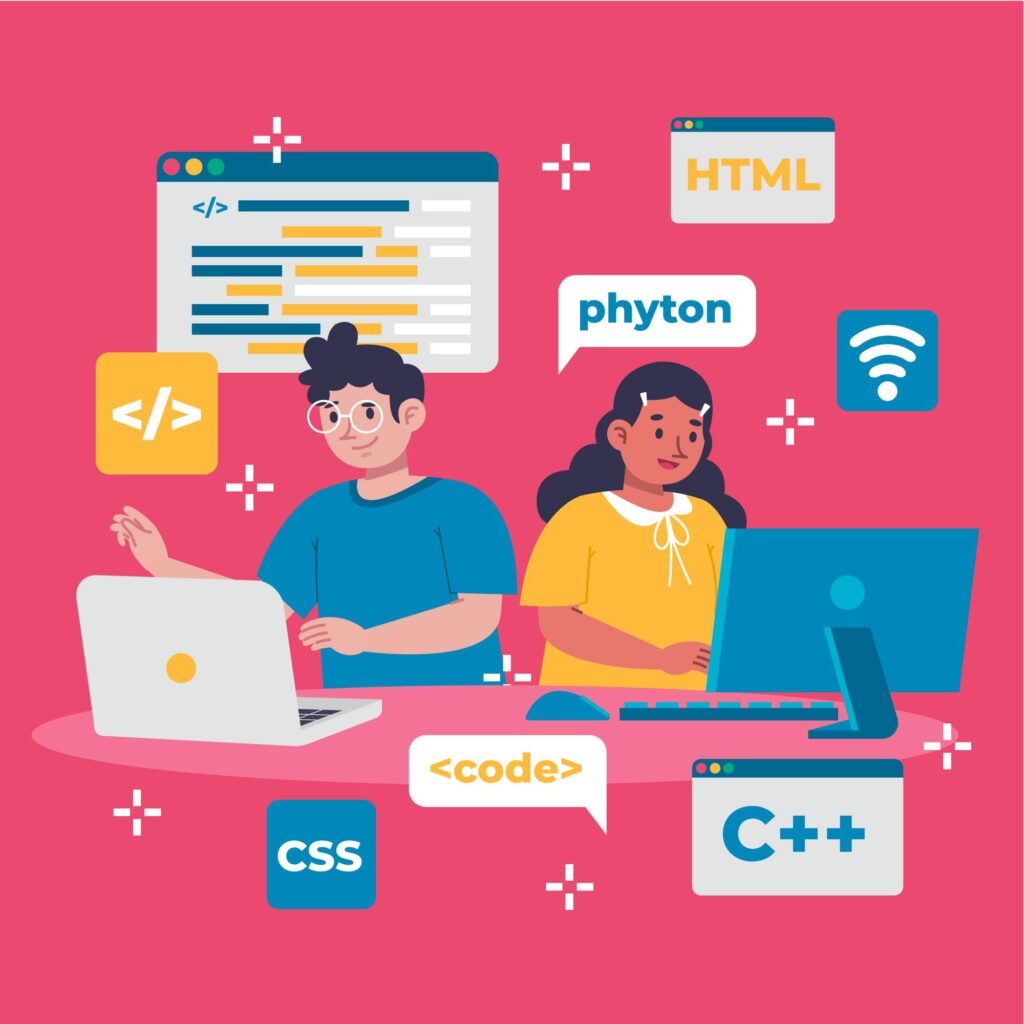
Java + Spring
Java with the Spring framework is best for large-scale, enterprise-level applications requiring reliability and modularity.
Spring provides features like dependency injection and robust security, making development efficient and scalable.
This stack is commonly used in banking systems, ERP solutions, and apps handling high transaction volumes and complex integrations.
Best Practices for Selecting a Tech Stack
Selecting the right technology stack is a critical choice that influences your project’s success in the present and long term. Here are some best practices to follow:
Start with MVP (Minimum Viable Product)
Begin with a lightweight stack to build an MVP and validate your concept.
This approach reduces cost and time-to-market, allowing you to test essential features with real users before scaling.
It minimizes risk and ensures you’re investing in the right direction.
Think Long-Term
Choose technologies that offer scalability and stability rather than following short-lived trends.
The right stack should support future growth, integrate easily with new tools, and have an active community for ongoing updates.
Long-term planning prevents costly migrations and ensures smooth project evolution.
Use a Mix of Proven and Modern Tools
Balance innovation with reliability by combining trusted, widely used technologies with modern frameworks.
Established tools ensure stability and support, while newer ones provide advanced features and performance enhancements.
This mix helps create robust, future-ready solutions without sacrificing flexibility or speed.
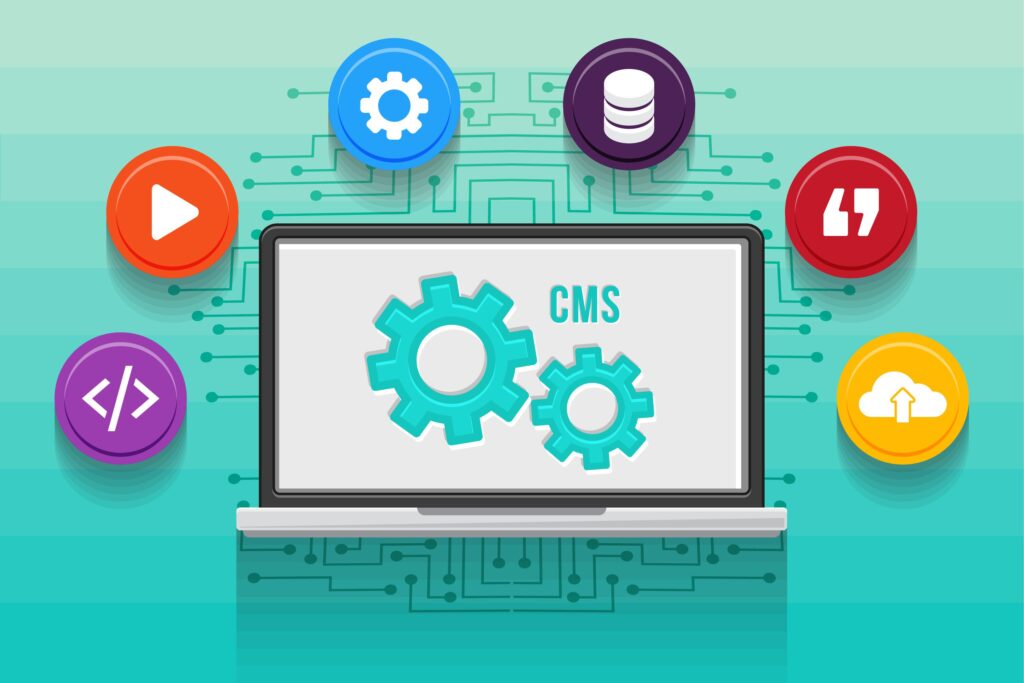
Consult Experts
Engage experienced developers or agencies to evaluate your project’s technical requirements.
Expert advice helps you avoid common pitfalls, choose scalable solutions, and ensure alignment with your business goals.
Consulting professionals early saves time, reduces risk, and sets your project on a strong foundation.
Are you planning a custom project and unsure which tech stack is the best fit?
If you’re uncertain about which tech stack to use, Brandout’s Custom Development service can guide you.
We assess your project requirements, objectives, and scalability needs to recommend the most suitable technologies.
We ensure your application is built for performance, security, and long-term growth.
Conclusion
Selecting the right tech stack for a custom development project is a decision that shapes the entire success of your application.
It impacts performance, scalability, cost, security, and future growth. The best approach is to evaluate your project requirements, development timeline, budget, and team expertise before making a choice.
Consider long-term support, community strength, and the ability to scale as your user base grows. Making an informed decision today will save you time, cost, and challenges in the future.
Frequently Asked Questions
How do I select the best tech stack for my project?
Start by defining your project requirements, budget, scalability needs, security considerations, and team expertise.
Then, evaluate which technologies align with these factors while offering long-term stability and strong community support.
Can I change my tech stack after starting development?
Technically, yes, but it’s often expensive and time-consuming. Switching stacks mid-project may require rewriting significant portions of code, so it’s best to choose the right stack from the beginning.
How does the tech stack impact app scalability?
A well-chosen stack supports both vertical and horizontal scaling. For example, Node.js with a NoSQL database like MongoDB handles real-time data and large traffic better than a traditional relational setup for certain use cases.
What are the risks of choosing a trending technology?
Trendy frameworks might lack long-term support, frequent updates, or skilled developers. If the technology becomes obsolete, your project could face costly migrations in the future.


